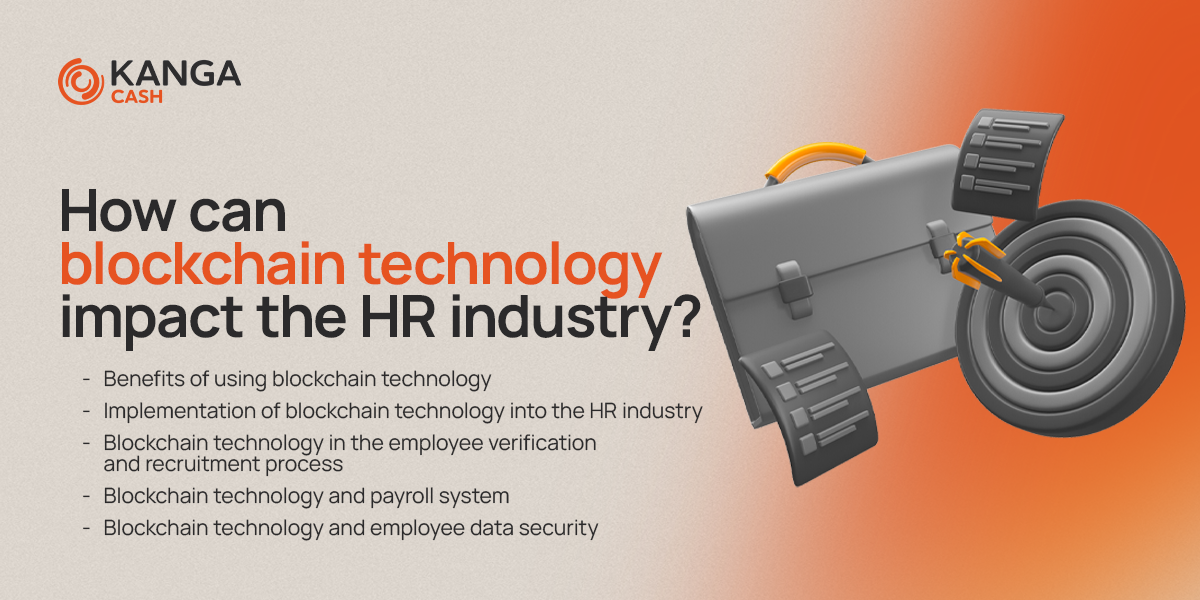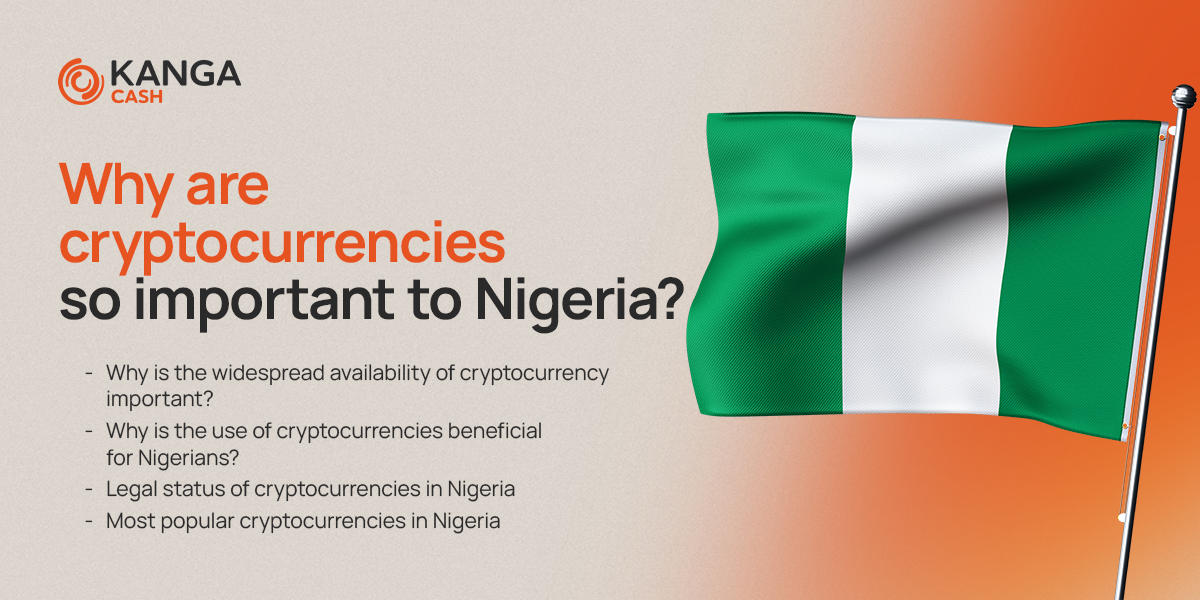Ethereum and its situation after The Merge

Who would have thought that we are already two months after the successful implementation of Ethereum 2.0, an ETH technical update that provides an energy-balanced network environment and better protection against network attacks.
However, The Merge, in addition to a number of undoubted advantages, is characterized by at least one debatable implication. One that, according to critics, really threatens the whole idea of how the network works. What are they referring to? In order not to keep you too confused, we invite you to read this article for the answer!
Ethereum 2.0 and the issue of legal sanctions
An unexpected consequence of the improvement in ETH blockchain activity has been a shift toward recognition of national jurisdictions. More specifically, more than half of the network activity there is sanctioned by the US government. The situation is curious in that the overarching goals guiding the network’s operation are government autonomy, censorship immunity and ensuring full anonymity for users.
On this topic, the crypto community seems to divide into two camps. The first does not see the sanctions action as a long-term problem, while the second sees a significant precedent that will pose a threat in the future. As stated by Lachlan Feeney, founder and CEO of Labrys, a blockchain technology development company:
“[Government] authorities will analyze the situation with The Merge and say, ‘Ok, that was easy. The moment the Ethereum 2.0 network becomes a centralized, censorship-controlled blockchain, and on top of that with bad scalability, then there will be no point in developing it further. This issue clearly undermines the basic premise of ETH.”
How does cryptocurrency sanctions affect Ethereum 2.0?
The cryptocurrency sanctions issued by the US against the ETH network were published a month before The Merge in September. Regulators there observed that cryptocurrencies have skyrocketed in popularity over the past two years. In addition to the increased number of users, an increase in criminal activities exploiting the opportunities offered by blockchain has been noted. On August 8 of this year, the Treasury Department’s Office of Foreign Assets Control (OFAC) banned the Tornado Cash service in the United States, which allowed users to “obliterate traces” of their cryptocurrency transactions. Indeed, Tornado Cash was one of the primary tools used by the Lazarus Group, a team of North Korean hackers (allegedly with strong ties to the government there) for “cyber intrusions.” Their actions led to the theft of $600 million in US dollars, the service itself was labeled a threat to US security.
Here we come to another interesting situation. Some staunch supporters of cryptocurrencies see no problem with admitting that Tornado Cash could indeed be used by criminals. At the same time, they are against blocking this service on idelogical grounds, since such actions undermine the autonomy of digital currencies from government rules. Moreover, on behalf of larger cryptocurrency entities such as Coinbase, a lawsuit has been filed against OFAC’s actions with the support of the community, arguing the move with suspicion of overstepping legal boundaries.
However, it is vain to expect that this matter will find its finality in the near future. A “verification” of sorts must take place first. – After all, members of the ETH community must choose between adhering to OFAC rules (which involves, for lack of better words, a betrayal of ideals) and exposing themselves to potential legal problems.
Potential side effects of implementing Ethereum 2.0 update
Prior to The Merge, there was discussion with concern over which major entities from the crypto world would actually bow to government pressure. Established centralizing entities, such as the previously mentioned Coinbase, were most often pointed to. In response to these considerations, so-called relays – programs that help Proof-of-Stake validators maximize their profits while protecting their networks – have emerged. Importantly, a large proportion of relays respect the rules established by OFAC.
It turned out that currently about 60% of transactions on the ETH blockchain are routed through relays. All because of the profits made by validators who see relays as a chance to make a lot of money. However, these also have the function of validating and rejecting certain transactions. The most popular of these, Flashbots, operates with OFAC compliance – thus there is no way for it to approve any transaction linked to Tornado Cash. The result? A month after The Merge, Flashbots “produced” blocks that can be easily censored if necessary.
This is a potentially dangerous situation, as it could convince regulators to implement further, more radical restrictions. Instead, the words of Alex Stokes, a researcher working for the Ethereum Foundation, may be a consolation:
“Definitely everyone could be concerned about the current situation. What blockchain technology has going for it, however, is that it can flexibly navigate even the most daunting restrictions.”
Thank you for reading the article! We encourage you to visit our Kantor blog regularly for the latest news from the world of cryptocurrencies!


